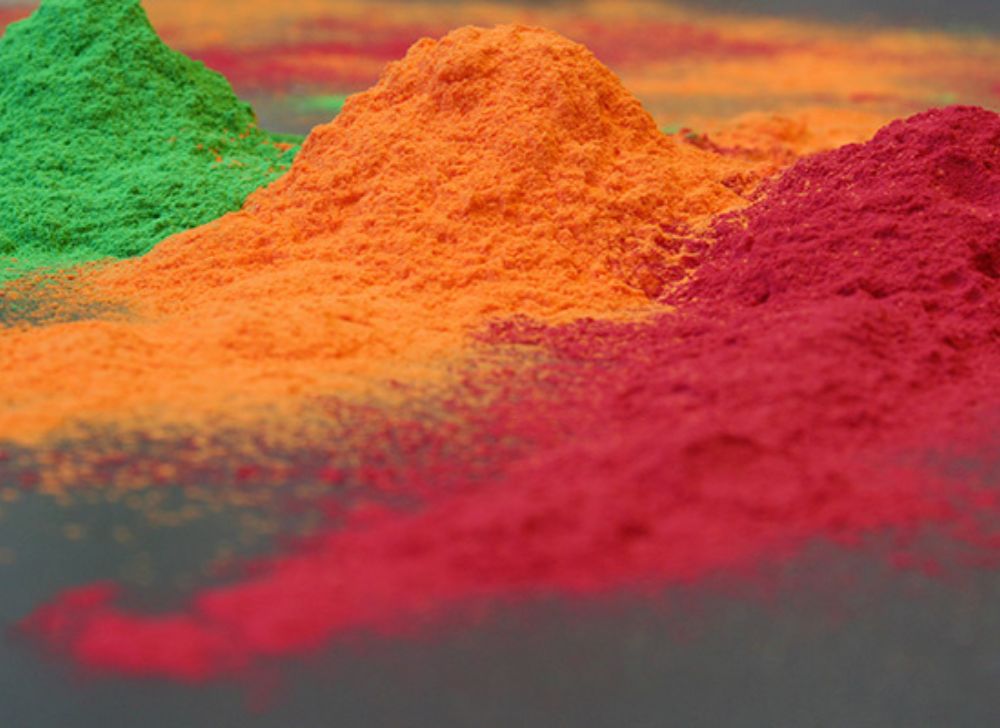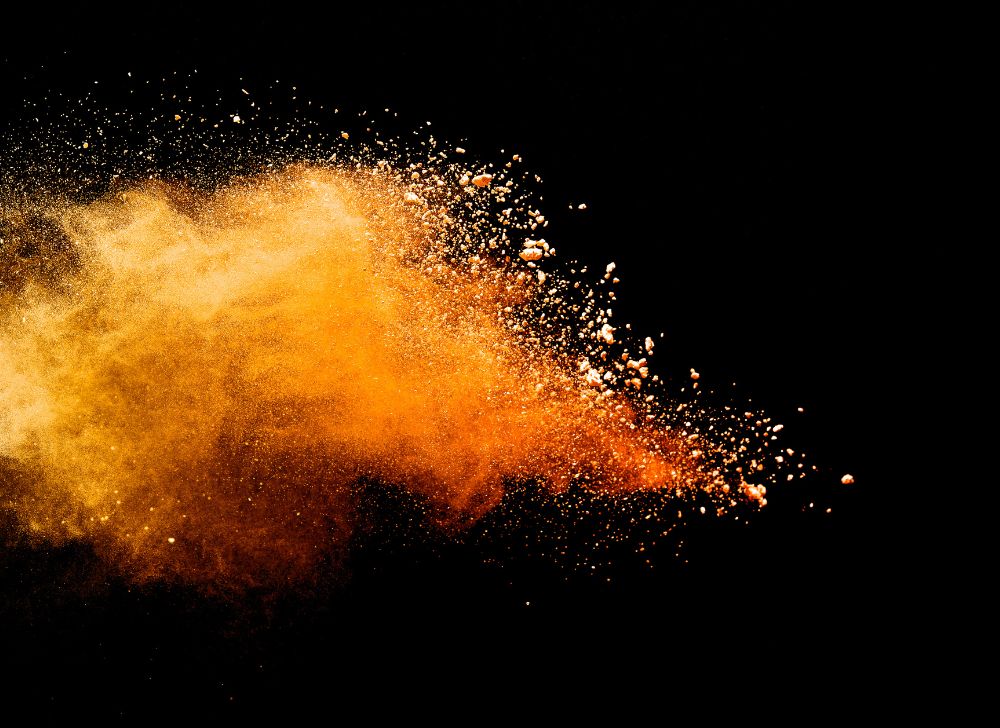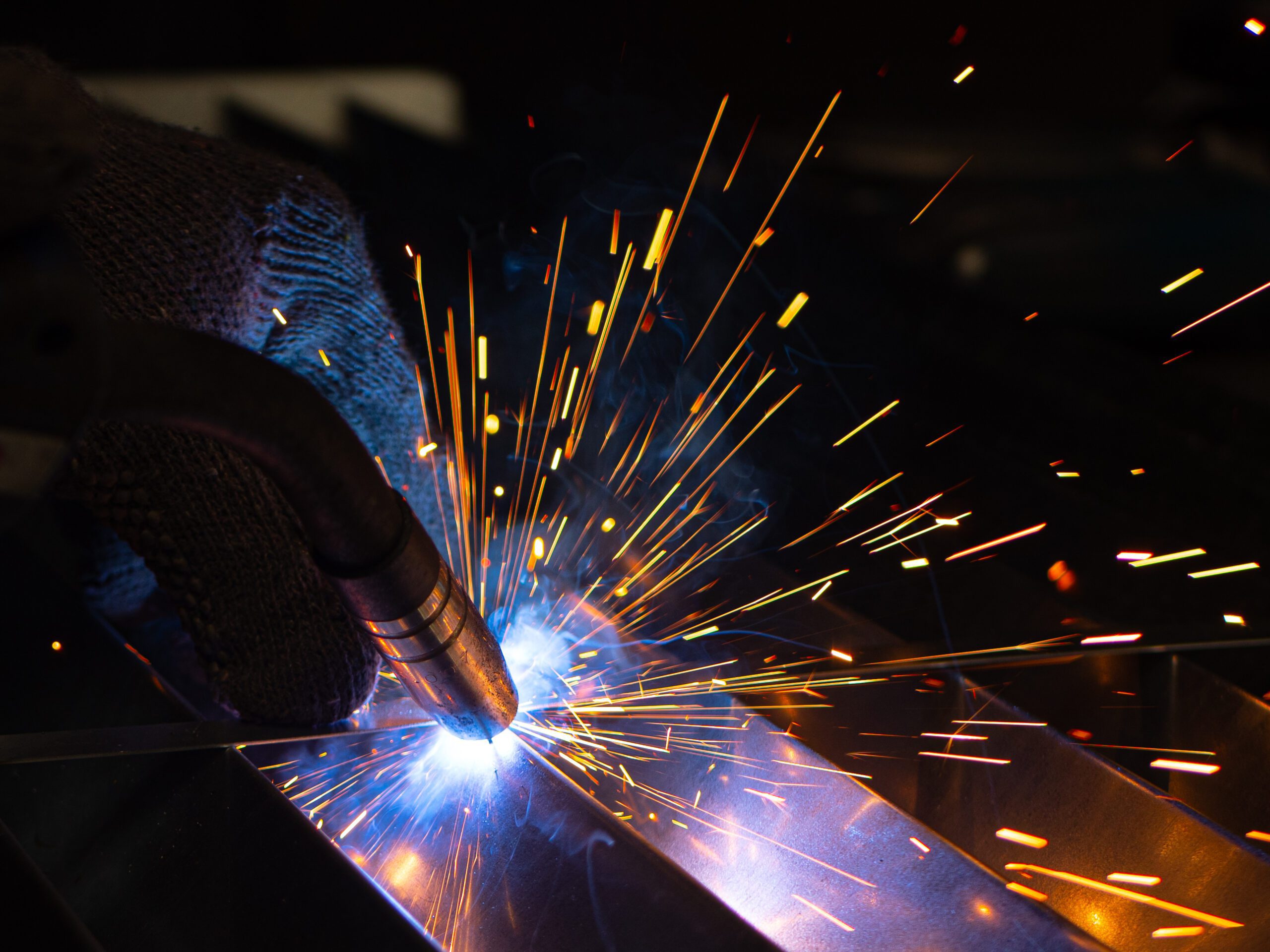Welding Defects Explained
As experienced sheet metal fabricators, we know that the quality of a weld can make or break a finished product. Welding defects can compromise strength, appearance, and performance. In some cases, they can even lead to complete material failure. That’s why it’s essential to understand what these defects are, how they form, and how to prevent them.
In this guide, we’ll explore 14 common types of welding defects. We will outline their causes, how to avoid them, and the inspection methods used to identify issues before they become serious problems. Continue reading for more information.
What are welding defects?
Welding defects refer to any flaw that exceeds the acceptable tolerance within a welded joint. These imperfections may be visible on the surface or embedded within the weld itself.
They often result from:
- incorrect technique
- poor preparation
- unsuitable materials
- machine misconfiguration (including incorrect current, voltage, or travel speed)
Defects can either be external (visible to the naked eye) or internal (detected only through testing). In some cases welds can be repaired, but in others the fault requires complete removal and re-welding.
Welding defects VS Weld discontinuity
These are essentially the same thing, but one is a more extreme and unacceptable version of the other. Let us explain! A weld discontinuity is any interruption or irregularity in the physical structure of the weld or base metal. It refers to something that is not the ideal or intended weld but doesn’t necessarily mean the weld is faulty.
A weld discontinuity may or may not affect performance, is not always considered a defect and could be caused by process variations, material inconsistencies, or environmental factors. It’s also acceptable if within the limits defined by welding codes or standards (e.g. ISO, BS EN, or AWS).
A welding defect on the other hand is a type of discontinuity that fails to meet that specified acceptance criteria. It can compromise structural integrity, safety and performance of the weld. Welding defects are considered unacceptable and typically require repair or rejection of the weld.
Common welding defects and how to prevent them
| Welding Defect | Causes | Prevention | How to Repair |
| Cracks | Cracks develop due to extreme stress concentration in the weld area, often resulting from incorrect welding techniques, improper filler material selection, or rapid heating and cooling cycles. They may also form due to residual stresses left from the welding process. | Use proper joint design, preheat thicker materials, and select suitable filler materials. Control the heat input and cooling rates carefully to minimise stress accumulation. | Carbon arc gouging or mechanical removal. This can be done with an angle grinder. |
| Porosity | Porosity is typically caused by contamination in the weld zone (such as oil, rust, or moisture) and insufficient shielding gas. These factors trap gas bubbles in the weld metal, leading to small holes. | Clean the workpiece thoroughly before welding. Ensure the shielding gas flow is appropriate and that the gas is free of contamination. Use electrodes compatible with the base material. | Remove with an angle grinder. It is advisable to use a non-sparking disc in explosive environments. |
| Undercut | Undercuts are caused when excessive current melts the edges of the joint, but insufficient filler material is deposited, leading to a groove along the weld toe. Poor electrode angles and high travel speeds can also contribute. | Adjust welding parameters to reduce current. Use correct electrode angle and ensure filler metal is sufficient. Maintain consistent travel speed and arc length. | Remove the weld seam with a grinding wheel and then start over. |
| Overlap | Overlap occurs when molten metal flows beyond the weld toe without bonding to the base material. This usually results from excessive weld metal deposition or incorrect travel angles. | Control the deposition of filler material, reduce current if necessary, and refine technique to maintain a steady hand and proper angle. Ensure fusion is achieved without excess metal. | Inconsistencies can be grinded down and re-welded if there is no below-surface damage. A re-weld must be performed if the inconsistency is deeper. |
| Burn Through | Burn through happens when too much heat is applied to thin base materials, causing a hole to form in the weld area. It is particularly common when welding without appropriate control of current and travel speed. | Lower the welding current and reduce travel speed when working with thin metals. Maintain an appropriate root gap and ensure the root face is not excessively narrow. | Cut off the section and re-weld. If this is not possible, you can add filler materials or molten metal. The reinforced surface must be grinded smooth. |
| Spatter | Spatter is formed when small droplets of molten metal are ejected from the weld pool due to excessive arc length, improper polarity settings, or incorrect shielding gas selection. | Set the arc length to an optimal value and choose the correct polarity. Reduce current to limit metal ejection and use proper shielding gas for your material. | An angle grinder can be used with a single-sided milling disc. |
| Underfill | Underfill arises when not enough weld metal is deposited, leaving the joint with a recessed finish. This can occur from low heat input, high travel speed, or insufficient filler material. | Use appropriate welding current and travel speed to ensure full joint fill. Select the right electrode size and ensure consistent technique in multi-pass welds. | Build up the weld with additional passes until the joint is flush with the base material. |
| Excess Reinforcement | Excess reinforcement is caused when too much filler metal is applied to the joint, creating a weld with a raised profile. This can cause stress concentrations and potential cracking under load. | Control the amount of filler metal used and ensure even distribution. Monitor the gap between materials and weld at a consistent speed to avoid excessive buildup. | Grind down the excess weld metal carefully until flush, ensuring not to damage the base metal. |
| Mechanical Damage | Mechanical damage results from physical mishandling of the material before, during, or after welding. This can include indentations from tools or accidental impacts, and improper arc initiation. | Follow correct handling procedures for tools and materials. Begin each weld with proper arc initiation technique to avoid accidental marking or damage. | Remove surface damage with light grinding or filing. For deeper indentations, grind out and reweld the affected area. |
| Distortion | Distortion is a result of uneven heating and cooling during the welding process, especially in thin materials. Excessive weld passes or lack of heat control can warp the welded component. | Use clamps or fixtures to hold components steady. Limit heat input, especially in thinner metals, and use a balanced welding pattern to minimise distortion. | Apply heat straightening techniques or mechanical straightening methods, depending on the extent. In some cases, cutting and rewelding may be required. |
| Misalignment | Misalignment occurs when the parts to be joined are not properly fixed or aligned before welding. It is common in pipe or structural welding. | Secure the joint properly before welding and double check alignment. Use slower, controlled welding techniques to maintain joint integrity. | If detected early, stop welding and realign the joint. Otherwise, cut the joint apart and reweld with proper alignment. |
| Craters | Often caused by abrupt termination of the welding process and/or sudden changes of heat on the base material. Improper filling of the crater and incorrect torch angle can also cause crater cracks. | Ensure proper filling of the crater and use a suitable torch angle. Make sure you gradually reduce the welding current before terminating the arc. | Use a grinder or carbon arc gouging tool to completely remove the crack from the weld area. Clean and then re-weld the area, creating a proper crater fill. |
| Slag Inclusion | Slag inclusion is introduced when slag from flux is not properly cleaned between welding passes. Improper torch angle and travel speed can trap slag inside the weld, weakening its integrity. | Thoroughly clean slag between each pass, increase current for better fusion, and adjust torch angle to avoid slag entrapment. Maintain consistent speed and layer thickness. | Can be removed with manual or power tools. |
| Incomplete Fusion | Incomplete fusion happens when the base and filler metals do not fully melt together. This is due to insufficient heat input, poor technique, or incorrect joint preparation. | Ensure sufficient heat input to achieve complete melting. Use correct angles and bead placement and lower deposition rates if necessary to ensure proper bonding. | Remove the bad weld and reweld. |
| Incomplete Penetration | Incomplete penetration refers to the weld failing to reach the full depth of the joint. It is usually due to inadequate heat, wrong electrode size, or improper joint design. | Increase welding current and select the correct electrode size for the joint thickness. Use suitable techniques to reach full depth penetration and avoid gaps. | Use an angle grinder to open the groove and reveal the filler metal to be removed. |
How to detect welding defects
Non-Destructive Testing (NDT)
This helps to identify flaws without damaging the weld, making them ideal for batch testing and quality assurance.
Common methods include:
- Visual inspection
- Liquid penetrant testing
- Magnetic particle testing can be used to detect defects too small for visual inspection
- Ultrasonic testing that uses high frequency sound waves to check the interior and exterior of welded metals.
- Radiographic inspection that uses x-rays to inspect the interior of welds.
Destructive Testing
This is used to push materials to failure for detailed analysis. It helps validate weld performance under stress.
These may include:
- Bend tests
- Tensile strength testing
- Nick break tests
- Acid etching
Different welding methods and techniques
Now we understand a little bit more about welding defects let’s take a look at some of the different welding techniques used to join materials together.
Spot welding
Also known as resistance welding, this method is ideal for stainless steel and similar sheet metals. It uses heat generated by electrical resistance to bond materials without filler. It is one of the most common welding methods for many metal materials.
Benefits include:
- Speedy transfer of energy
- Efficient use of heat
- Easy to automate
- Fit for a range of industries and applications
MIG welding
Metal Inert Gas (MIG) welding suits thicker materials. A continuous wire feed acts as both filler and electrode.
Benefits include:
- Fast weld times (especially in comparison to TIG welding)
- Low post-weld clean up required
- Low production costs
TIG welding
Tungsten Inert Gas (TIG) welding offers precision and is ideal for thinner sections.
It uses a non-consumable tungsten electrode and a filler is optional.
Benefits include:
- High-quality, strong and clean welds
- Better control compared to MIG welding
- High precision for fine detail work
Robotic MIG welding
This is also known as gas metal arc welding (GMAW). This semi-automated process ensures precision and consistency, especially in high volume production. It involves using a robotic welding system rather than a human to carry out the MIG process.
Benefits include:
- Improved safety for the welder
- Consistently high quality results
- Lower long term costs
Professional welding services at Salamander Fabrications
Here at Salamander Fabrications we are extremely proud to boast a team of specialised welders, along with extensive industry knowledge, which means we are one of the UK’s most trusted providers of welding services. We have completed thousands of projects over the last 50+ years and we are already looking forward to helping you with yours.
Salamander fabrications welding specifications
- EN 15614-1: Specification and qualification of welding procedures for metallic materials. Part 1: Arc and gas welding of steels and arc welding of nickel and nickel alloys.
- EN 15614-2: Specification and qualification of welding procedures for metallic materials. Part 2: Arc welding of aluminium and its alloys.
- EN 9606-1: Qualification testing of welders. Fusion welding – steels.
- EN 9606-2: Qualification test of welders. Fusion welding – aluminium and aluminium alloys.
Contact Salamander Fabrications for more information
If you would like some more information on our welding services, or any of our other services, please feel free to contact us. The team here at Salamander Fabrications are more than happy to talk through the services we have to offer, including our:
- Laser cutting services
- Metal folding services
- Sheet metal fabrication services
- CAD design services
- Electro mechanical assembly services
Give us a call on 01484 843599 or send an email to sales@salamanderfabs.com.If you liked this blog post you may also like to take a read of – What is Soldering?


